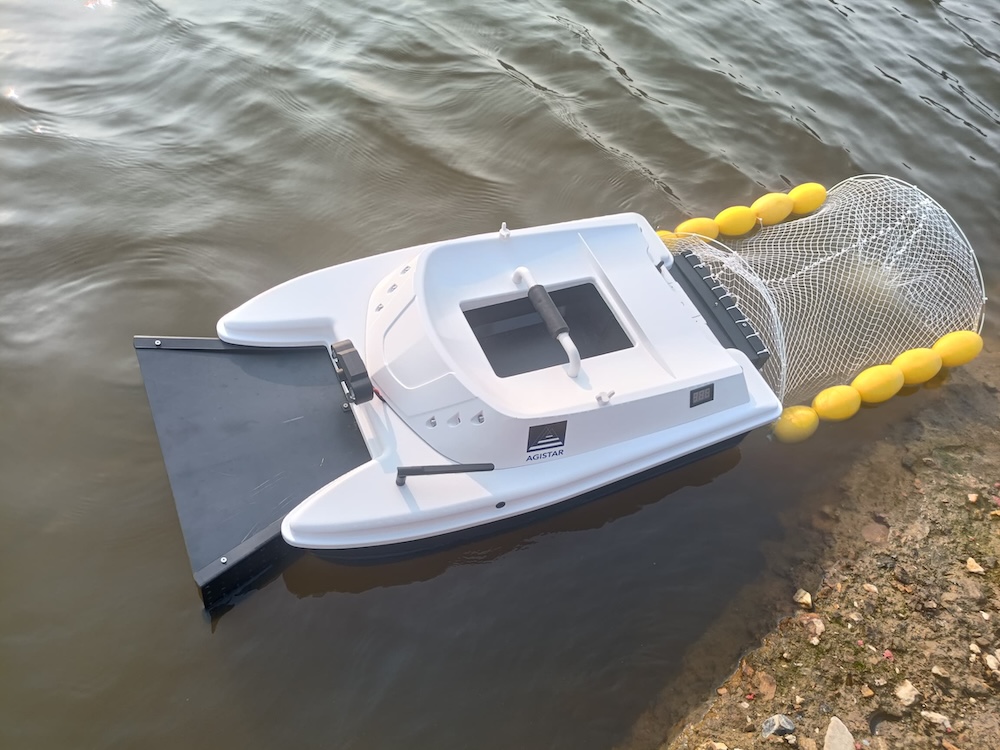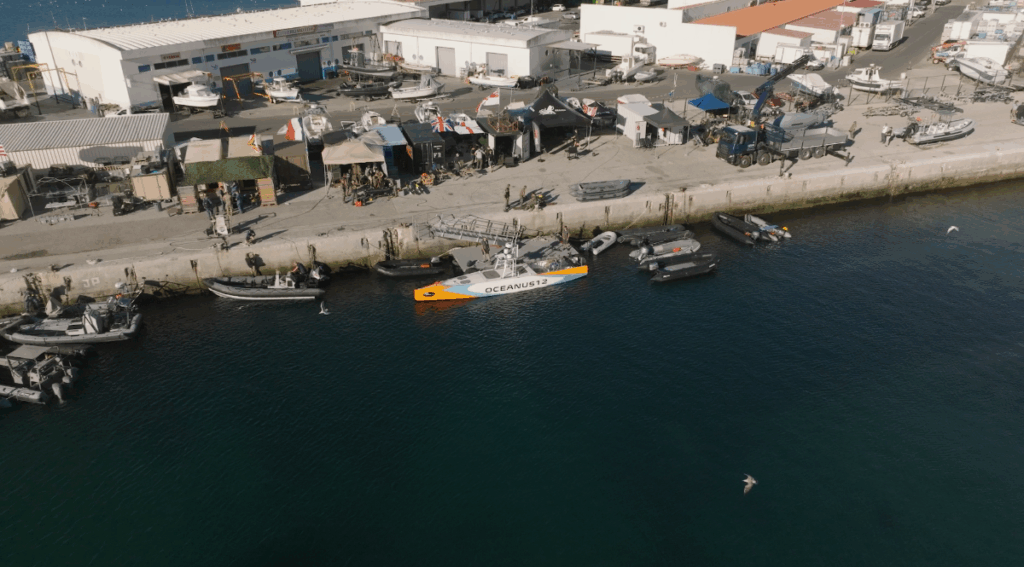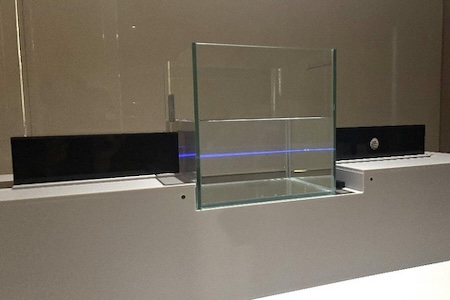
Unmanned Surface Vehicles
Discover cutting-edge solutions from 8 leading global suppliers
ZeroUSV’s Oceanus12 has reportedly become the first uncrewed surface vessel (USV) to autonomously launch and recover a thin-lined towed acoustic array without human involvement.
Completed during NATO’s REPMUS Dynamic Messenger 2025, taking place off the coast of Portugal, the Plymouth-designed Oceanus12 USV was competitively selected by the Royal Navy for this year’s exercise.
Until now, arrays were typically pre-deployed and clipped onto vessels or required manual crew handling during launch and recovery. Upgraded ahead of REPMUS with advanced sonar, radar, and communications payloads, Oceanus12 demonstrated extended-duration, over-the-horizon autonomous operations as part of NATO’s live experimentation program.
Oceanus12 has also been deploying, on a daily basis, four G-sized sonobuoys per day using ZeroUSV’s prototype SOIL (SOnor Integrated Launch) system. Over the course of the week, the vessel logged more than 40 operational hours at sea with 100% uptime, demonstrating its reliability in live multinational exercises and the ability to deliver results at a lower cost compared to crewed vessels.
REPMUS (Robotic Experimentation and Prototyping using Maritime Uncrewed Systems) is NATO’s largest annual exercise for uncrewed naval systems, hosted by the Portuguese Navy off the Tróia Peninsula and Setúbal Bay. The exercise brings together more than 20 allied nations, global defense primes, and leading innovators to test how uncrewed and crewed fleets can operate together in live missions. Integrated with NATO’s Dynamic Messenger exercise, REPMUS provides a proving ground where emerging technologies are trialed at scale in complex, real-world scenarios.
Matthew Ratsey, founder and managing director at ZeroUSV, said, “Achieving the first fully autonomous launch and recovery of a towed array is a landmark moment, not just for ZeroUSV but for naval operations worldwide. Demonstrating that this can be done entirely uncrewed, safely and reliably, shows how far the technology has come. When combined with extended endurance, reduced fuel costs and seamless sensor deployment, Oceanus12 is proving what uncrewed systems can deliver now, today in real-world NATO missions.”
Zero’s vessels will remain in Portugal throughout September for further integration, live exercises and the closing showcase. The 12-meter vessel’s autonomy software stack has been developed by autonomy software engineers, Marine AI.

















